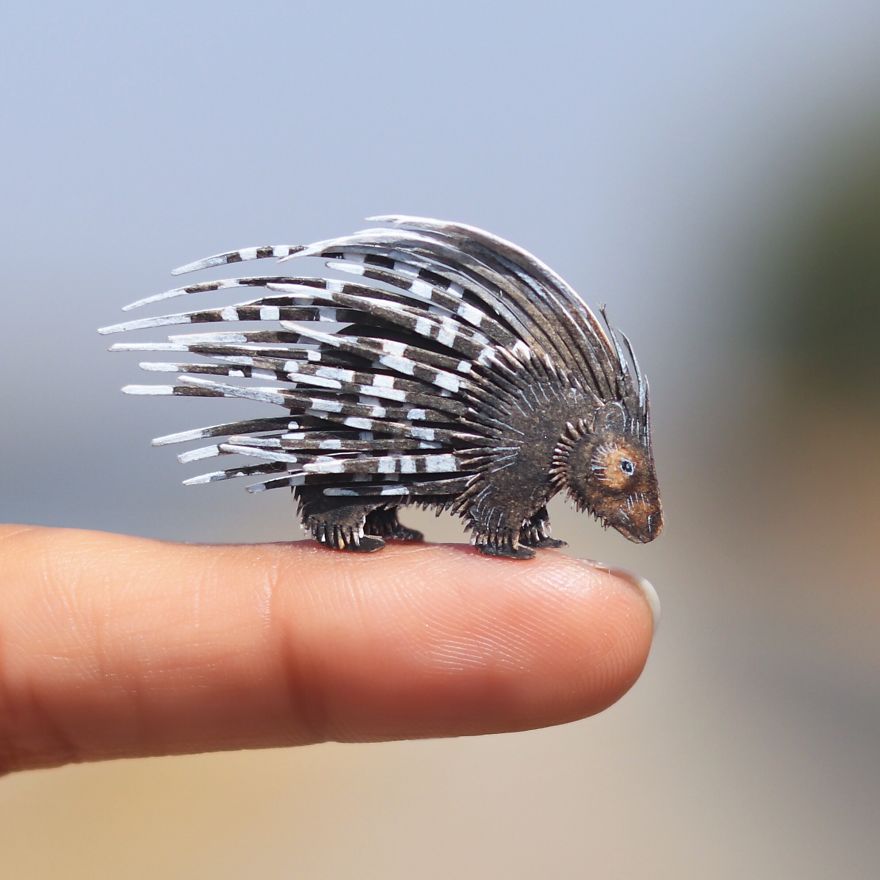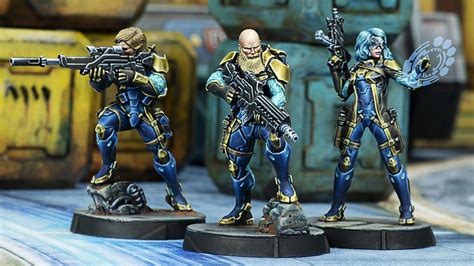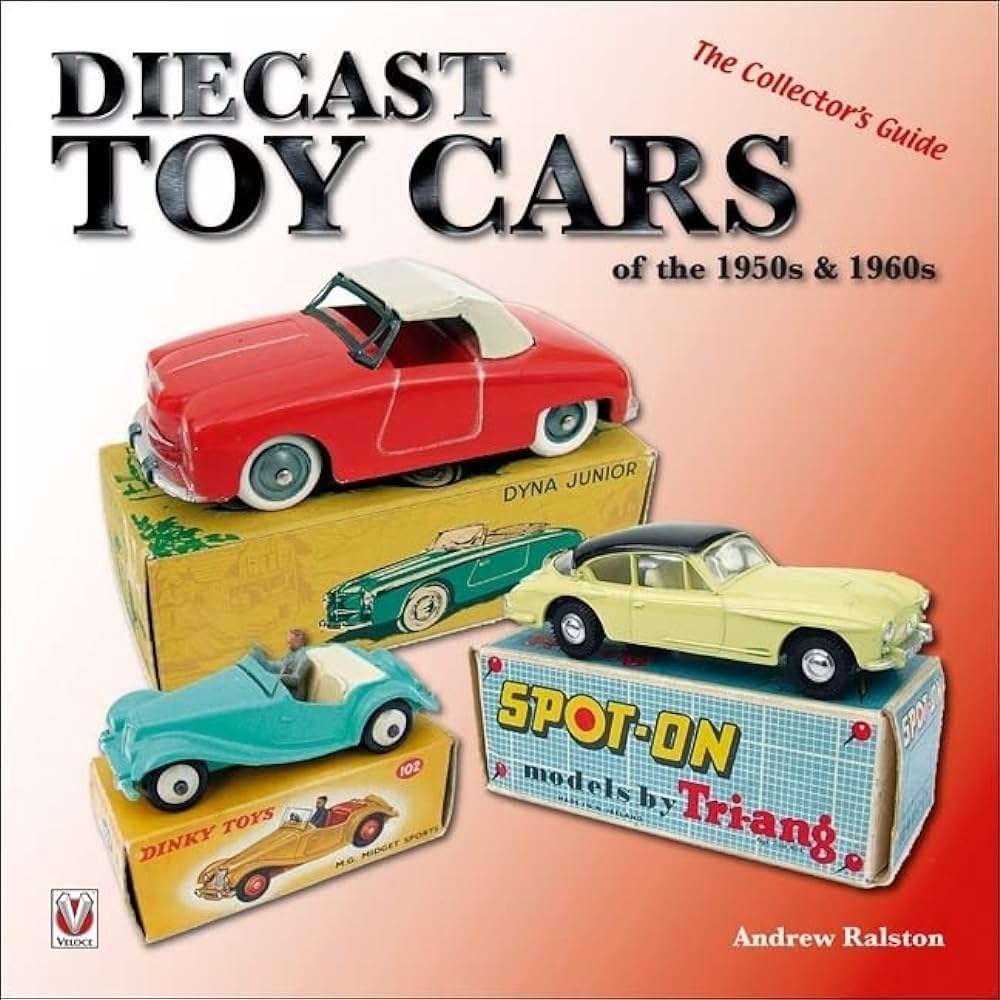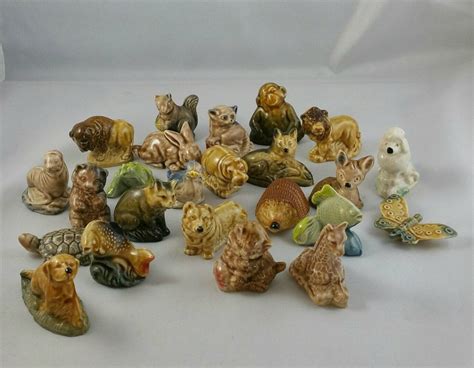The Art of Miniature Sculpting: Mastering the Details
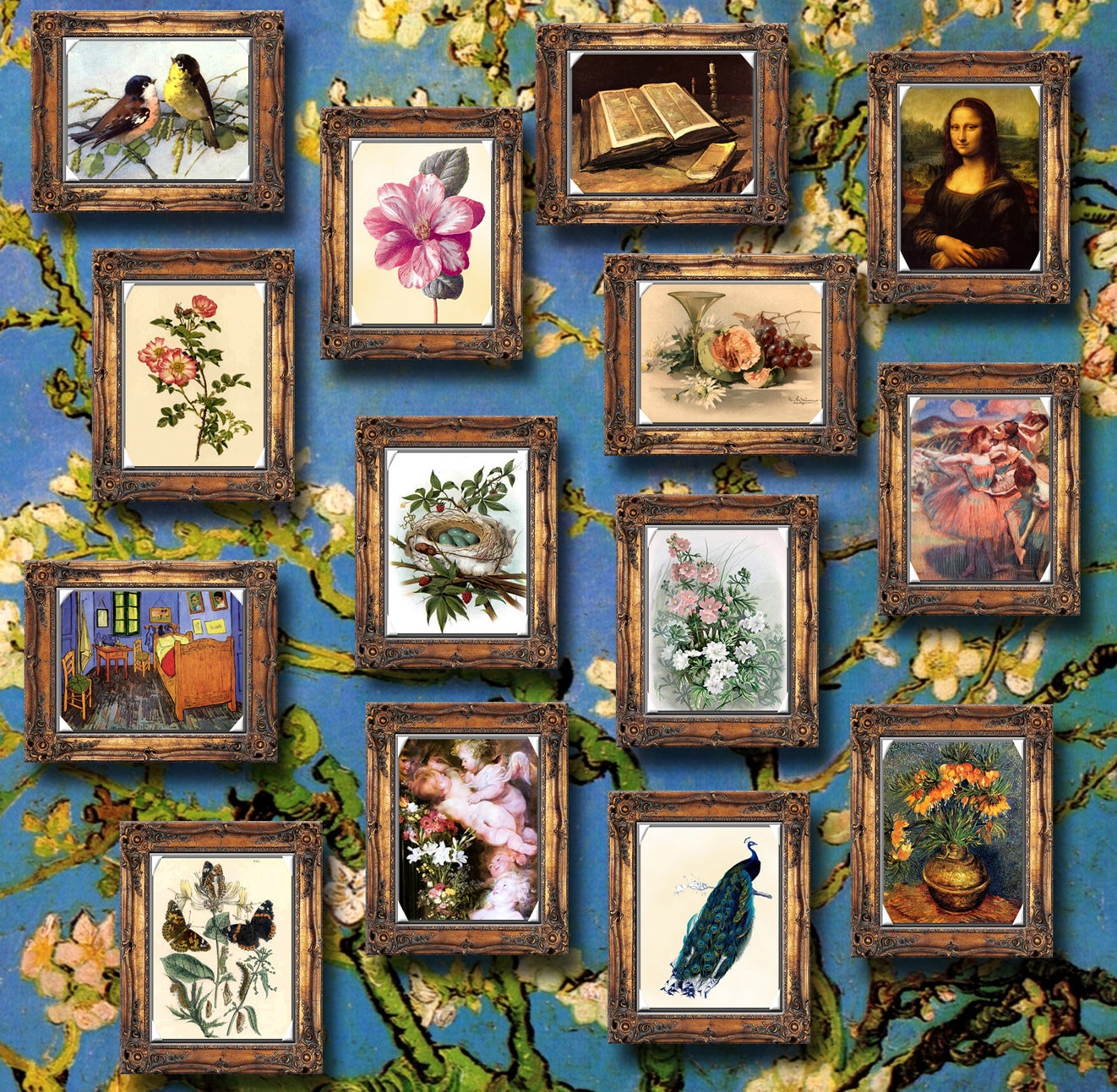
Miniature sculpting is an enchanting artwork type that requires immense talent and a focus to element. Artists who specialize on this craft create intricate and lifelike sculptures on a small scale, usually no bigger than a number of inches. The extent of precision and craftsmanship concerned in miniature sculpting is really exceptional, and it’s a testomony to the artist’s capacity to seize the essence of a topic in such a small area.

The Historical past of Miniature Sculpting
The artwork of miniature sculpting has a wealthy historical past that dates again centuries. It has been practiced in numerous cultures all over the world, every with its personal distinctive model and strategies. One of many earliest examples of miniature sculpting will be traced again to historical Egypt, the place small collectible figurines have been created to accompany the deceased within the afterlife. These sculptures have been meticulously crafted and infrequently depicted gods, animals, and on a regular basis objects.
In medieval Europe, miniature sculpting gained reputation as a type of spiritual artwork. Elaborate miniature sculptures have been created to adorn church buildings and cathedrals, depicting scenes from the Bible and saints. These sculptures have been usually created from supplies corresponding to wooden, ivory, and valuable metals, and have been extremely valued for his or her intricate particulars.
Throughout the Renaissance, miniature sculpting reached new heights of expertise. Artists corresponding to Michelangelo and Donatello created small-scale sculptures that showcased their mastery of anatomy and type. These sculptures have been usually used as fashions for bigger works or as ornamental items for rich patrons.

The Means of Miniature Sculpting
Making a miniature sculpture requires a meticulous and multi-step course of. Listed below are the important thing steps concerned in mastering the artwork of miniature sculpting:
- Analysis: Earlier than beginning a sculpture, the artist should conduct thorough analysis on the topic. This contains learning reference photographs, understanding the anatomy and proportions, and gaining a deep understanding of the topic’s traits.
- Armature: An armature, or a skeletal framework, is created utilizing wire or different supplies. This gives assist and construction to the sculpture.
- Modeling: The artist begins by including clay or one other sculpting materials to the armature, step by step build up the shape and form of the sculpture. This requires cautious consideration to element and a eager eye for proportions.
- Refining: As soon as the fundamental type is established, the artist refines the sculpture by including finer particulars. This contains sculpting facial options, clothes, and different intricate parts.
- Texturing and Ending: The artist provides texture and finishes the sculpture by smoothing out any tough surfaces, including floor particulars, and refining the general look.
- Portray and Sealing: If desired, the artist can paint the sculpture to reinforce its realism. Lastly, a sealant is utilized to guard the sculpture and provides it a completed look.

The Significance of Particulars in Miniature Sculpting
One of many defining traits of miniature sculpting is the emphasis on particulars. The small scale of those sculptures requires the artist to pay shut consideration to each minute side, from facial expressions to clothes folds. The extent of element achieved in miniature sculptures is commonly astonishing, with artists capable of seize the intricacies of their topics with exceptional precision.
Particulars play a vital position in bringing a miniature sculpture to life. They add depth, realism, and character to the art work, making it extra partaking and charming to the viewer. Whether or not it is the feel of a material, the wrinkles on a face, or the intricate patterns on a chunk of bijou, each element contributes to the general impression of the sculpture.

Instruments and Supplies for Miniature Sculpting
Miniature sculpting requires specialised instruments and supplies to attain the specified stage of element. Listed below are some generally used instruments and supplies:
- Sculpting Clay: Numerous forms of sculpting clay, corresponding to polymer clay or epoxy putty, are used to create the sculpture’s type.
- Sculpting Instruments: A variety of sculpting instruments, together with various kinds of brushes, spatulas, and carving instruments, are used to form and refine the sculpture.
- Magnifying Glass: As a result of small scale of miniature sculpting, artists usually use a magnifying glass or a magnifying lamp to see the main points extra clearly.
- Paints and Brushes: If the sculpture is to be painted, artists use high-quality paints and brushes so as to add coloration and improve the main points.
- Sealants: A sealant, corresponding to varnish or lacquer, is utilized to guard the sculpture and provides it a completed look.

Case Examine: The Artwork of Miniature Sculpting by Jane Doe
Jane Doe is a famend miniature sculptor recognized for her distinctive consideration to element. Her sculptures usually depict animals and nature, capturing the essence of every topic with exceptional precision. Let’s take a better take a look at her work to know the mastery of particulars in miniature sculpting.
Certainly one of Jane’s most notable sculptures is a miniature elephant. Regardless of being just a few inches tall, the sculpture showcases the intricate wrinkles on the elephant’s pores and skin, the feel of its tusks, and the lifelike expression in its eyes. Jane’s capacity to seize these particulars in such a small scale is really exceptional and demonstrates her mastery of the artwork type.

The Impression of Miniature Sculpting
Miniature sculpting has a profound impression on each the artists and the viewers. For artists, it’s a strategy to specific their creativity and showcase their technical abilities. The method of making a miniature sculpture requires immense endurance and dedication, pushing artists to repeatedly refine their craft.
For viewers, miniature sculptures provide a singular and intimate expertise. The small scale permits for a better examination of the main points, inviting viewers to understand the intricacies of the art work. Miniature sculptures can evoke a way of surprise and awe, transporting viewers right into a miniature world the place each element issues.
Conclusion
Miniature sculpting is an artwork type that calls for precision, talent, and a eager eye for element. Artists who grasp this craft create gorgeous sculptures that captivate viewers with their lifelike look and complicated particulars. The historical past, course of, and significance of particulars in miniature sculpting all contribute to its enduring attraction. Whether or not it is a small figurine or an elaborate scene, miniature sculptures have the ability to move us right into a world the place each element issues.
Q: How lengthy does it take to create a miniature sculpture?
A: The time required to create a miniature sculpture varies relying on the complexity and dimension of the sculpture. Some sculptures will be accomplished in a number of days, whereas others might take weeks and even months to complete.
Q: Can anybody be taught miniature sculpting?
A: Whereas miniature sculpting requires follow and dedication, anybody with an curiosity in artwork can be taught this craft. With the proper instruments, supplies, and steerage, aspiring artists can develop their abilities and create their very own miniature sculptures.
Q: Are there any particular genres or topics which can be fashionable in miniature sculpting?
A: Miniature sculpting encompasses a variety of genres and topics. Some fashionable themes embrace animals, fantasy creatures, historic figures, and on a regular basis objects. Artists have the liberty to discover their pursuits and create sculptures that resonate with them.

